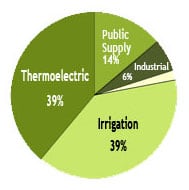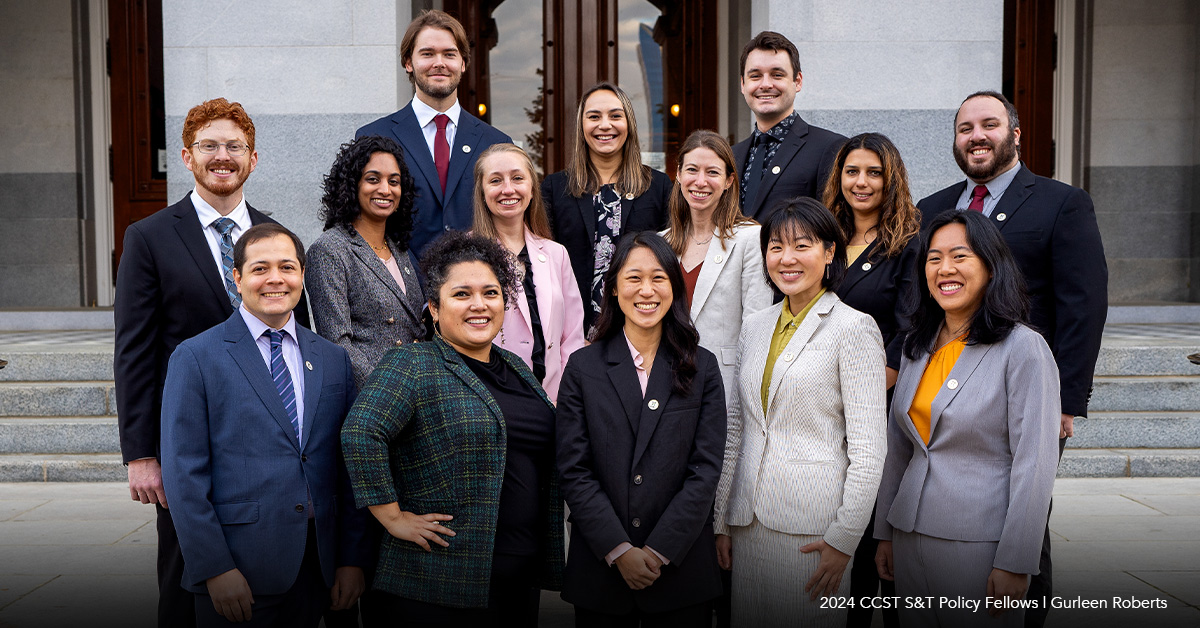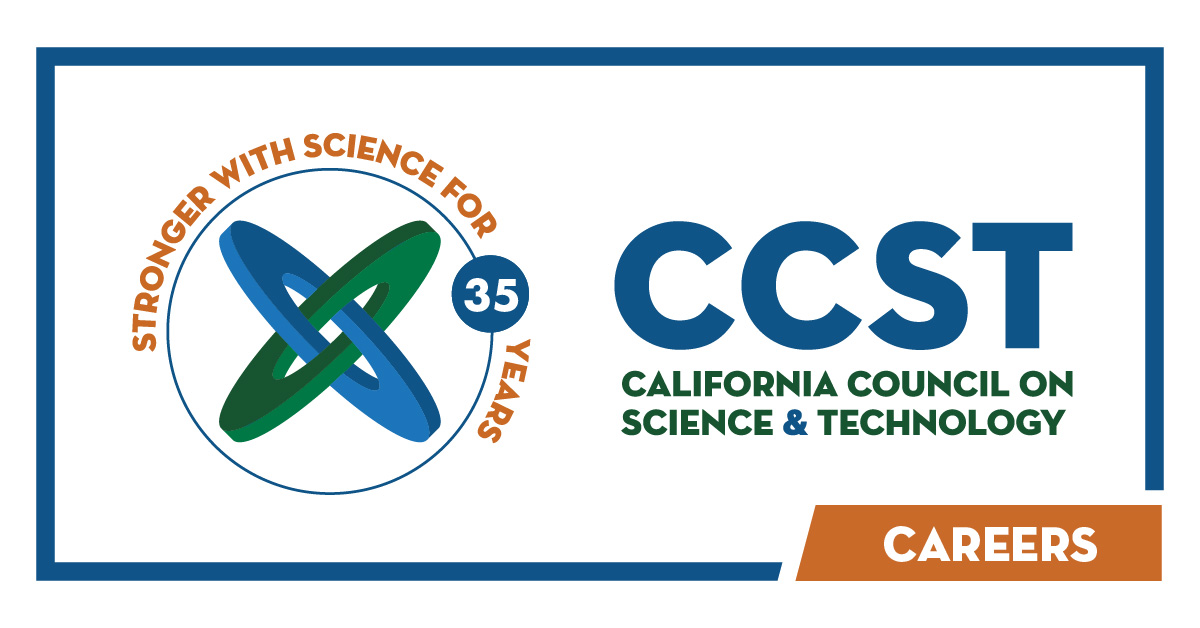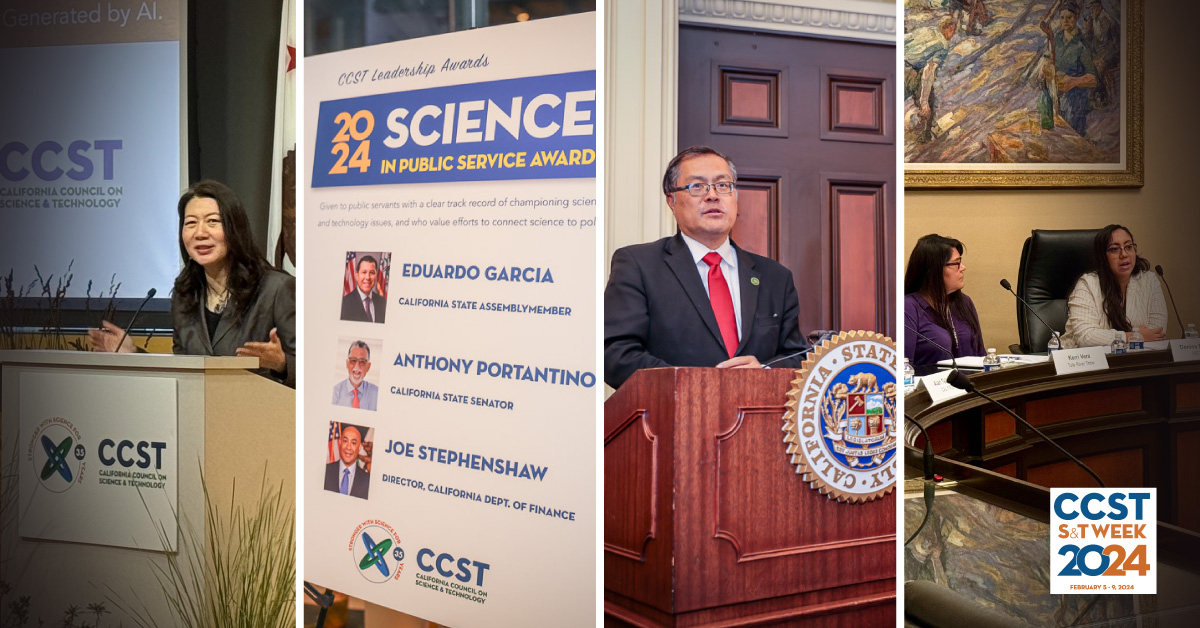The Energy-Water Nexus: A National Labs Perspective
May 5, 2008 | CCST Newsroom, Federal Research in California | Contact: M. Daniel DeCillis

California’s ambitious climate change policies need to take into account not just the need for and impact on energy production and ensuring the water supply, but how the two issues relate to one another. Energy and water related policies are highly complex issues that are inextricably intertwined, and need to be examined in concert, rather than separately, according to a nationwide team of research laboratories.
“Energy-water linkages are critical elements of economic and environmental systems,” said Robin Newmark, Deputy Program Director for Energy and Environmental Security at Lawrence Livermore National Laboratory. “Most people understand that population and economic growth impact both energy production and water consumption. But the connections between the two are not always apparent. Energy production involves significant quantities of cooling water; moreover, energy is needed for water conveyance, storage, and treatment. We should not examine these systems in isolation.”
A consortium of 12 national laboratories and the Electric Power Research Institute (EPRI), the Energy-Water Nexus, is seeking to develop support for a national energy-water security plan.
According to the U.S. Geological Survey, as much freshwater is withdrawn for producing electricity as for agricultural irrigation, and DOE statistics show that Americans use as much energy for water and wastewater as other major sectors of the economy. The problem is, no single agency has overall programmatic responsibility for water impacts on energy policy and energy used by water systems; these interdependencies represent a critical piece of the management puzzle.
Climate change concerns exacerbate the issue in several ways. The production of greenhouse gases as a component of energy production has been a major focus for California policymakers recently. However, while California has been a national leader in setting strict emissions standards, there are already infrastructure ramifications to cope with as a result of climate change that has already occurred. In January of this year, a Livermore research team at the Program for Climate Model Diagnosis and Intercomparison, in collaboration with Scripps Institution of Oceanography, pinpointed human-generated climate change as the cause of diminishing water flow in the western United States. By looking at air temperatures, river flow and snowpack over the last 50 years, the team determined that the human-induced increase in greenhouse gases has seriously affected the water supply in the West, with strong implications for water management.
These problems are not limited to California, and the Energy-Water Nexus team is in fact focusing on the Department of Energy, which already has some programs addressing water use in electricity generation. However, there is room for analysis and action at the state level as well as the national level. For example, Lawrence Livermore is conducting an investigation of climate change impacts on weather-dependent renewable energy generation (wind, solar and hydropower) for the California Energy Commission.
“Understanding the interdependencies between these systems is important to those involved in water and energy infrastructure planning and management,” said Newmark. “Water is an energy issue, and ensuring our water and energy supply will require long-term, multidisciplinary planning if California is to complete its energy sustainability puzzle.”






